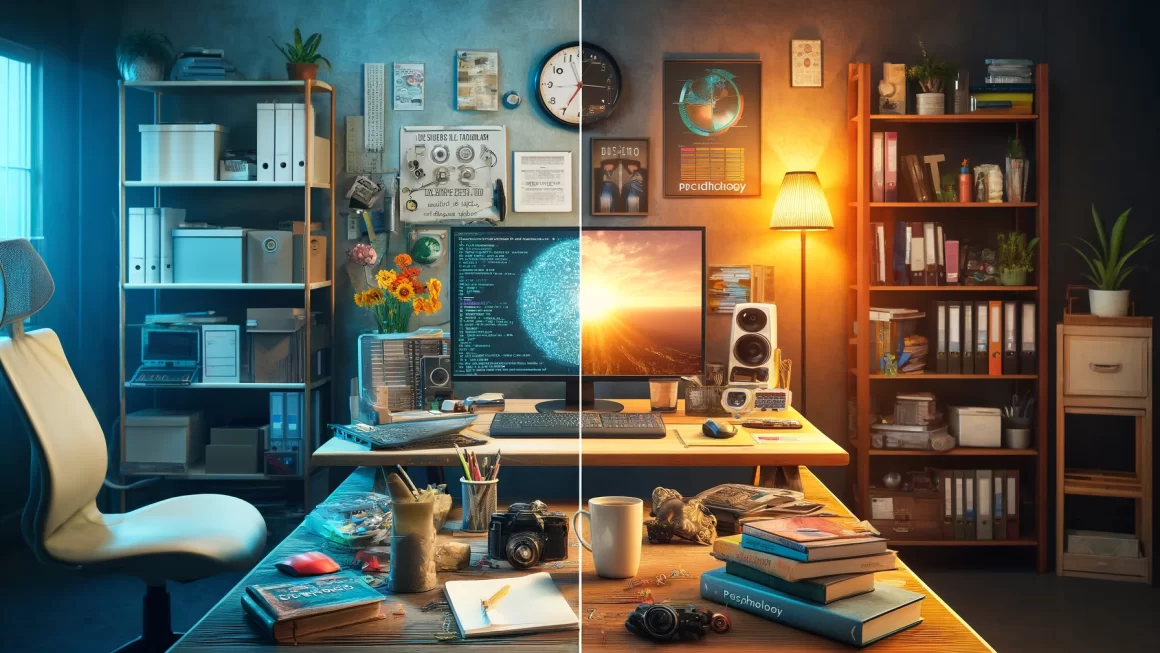Introduction to Color Psychology
Color psychology is a fascinating field of study that delves into how color influences our behavior and emotions. This subfield of psychology is interdisciplinary, intertwining with design, marketing, and art to understand the psychological effects of color.
Understanding Color Psychology
Colors can evoke certain emotions, affect mood, and even influence physiological reactions. For example, red is often associated with excitement or intensity, while blue can have a calming effect.
Historical Perspective
The interest in color psychology dates back to ancient cultures, where colors were used in healing practices. Modern research in this area began in the late 19th century with theorists like Carl Jung, who believed colors could be used to express or change emotional states.
How Colors Affect Us
- Red: Associated with energy and passion. In marketing, it often creates a sense of urgency.
- Blue: Known for its calming and serene qualities. In work environments, blue can enhance productivity and reduce stress.
- Green: Often represents nature and tranquility. Green is thought to alleviate anxiety and promote harmony.
- Yellow: Symbolizes happiness and warmth but can also cause eye strain and agitation if overused.
Color in Marketing and Branding
Colors play a crucial role in branding and advertising. For instance, many fast-food chains use red and yellow because these colors can stimulate appetite and attract attention.
Color in Art and Design
Artists and designers use color to convey mood, establish style, and elicit specific responses from the viewer.
The Science Behind Color Psychology
While individual experiences with color can vary, certain generalizations have been supported by research. For example, a study found that warm-colored placebo pills were reported as more effective than cool-colored placebo pills.
Limitations and Critiques
It’s important to note that cultural differences can significantly impact how colors are perceived and interpreted. Moreover, personal experiences can also influence one’s reaction to color.
Further Reading
Conclusion
Color psychology offers intriguing insights into how our perceptions and behaviors can be influenced by different hues. Understanding these principles can enhance design, marketing strategies, and even personal well-being.




